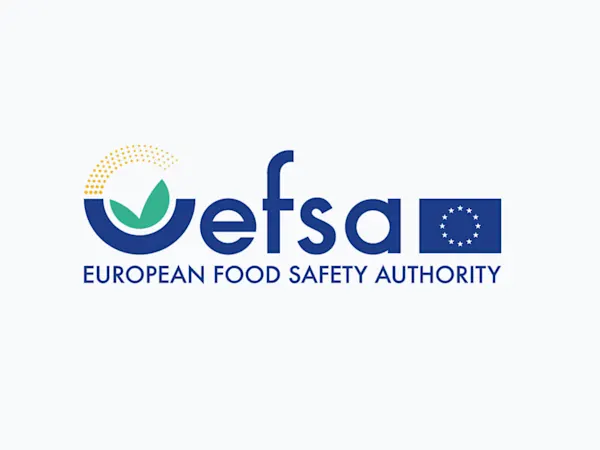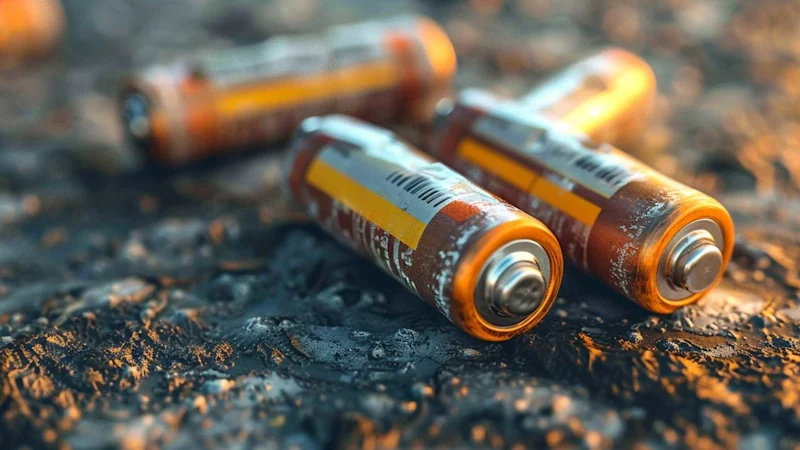
EFSA Seeks Feedback on Overhaul of Weight of Evidence and Biological Relevance Guidance
EFSA launches consultation on updating its Weight of Evidence and Biological Relevance guidance, aiming to streamline chemical risk assessment practices.


The European Commission has updated the European List of Waste (ELW), introducing new classifications for battery-related waste. Effective from September 2026, this amendment affects manufacturers, recyclers, and waste management firms across the EU value chain. The revised rules aim to enhance traceability, safety, and sustainability, ensuring hazardous materials are properly managed.
The amendment to Decision 2000/532/EC includes new waste codes for lithium-based, nickel-based, and sodium-based batteries, reflecting advances in battery chemistries and recycling processes. Among the key changes:
The new classifications will be mandatory from September 2026, allowing businesses 18 months to adapt. These changes are expected to tighten waste shipment regulations, requiring compliance with the Waste Framework Directive and Waste Shipment Regulation.
Manufacturers and recyclers must update waste handling processes, ensure proper classification of hazardous waste, and prepare for potential cost implications. The Circular Economy initiative remains central, with these updates promoting resource efficiency and safer recycling practices.
To stay compliant, affected companies should:
Foresight continuously tracks 1000s of sources and maps updates to your portfolio:




EFSA launches consultation on updating its Weight of Evidence and Biological Relevance guidance, aiming to streamline chemical risk assessment practices.

The Netherlands refines its list of potential ZZS chemicals to better align with EU assessments, boosting early detection and regulatory foresight.

Germany's CONMAR-Impact study sets new environmental quality standards for TNT in marine ecosystems, raising industry-wide compliance questions.
Subscribe to Foresight Weekly and get the latest insights on regulatory changes affecting chemical compliance.
Free forever. Unsubscribe anytime.
Read by professionals at